Have you recently adopted a reptile and you’re unsure about the best bedding for your new pet? Navigating the vast choices can be overwhelming, but worry not! This guide will be your roadmap to ensuring that your pet reptile stays healthy and happy.
The Importance of Choosing the Right Reptile Bedding
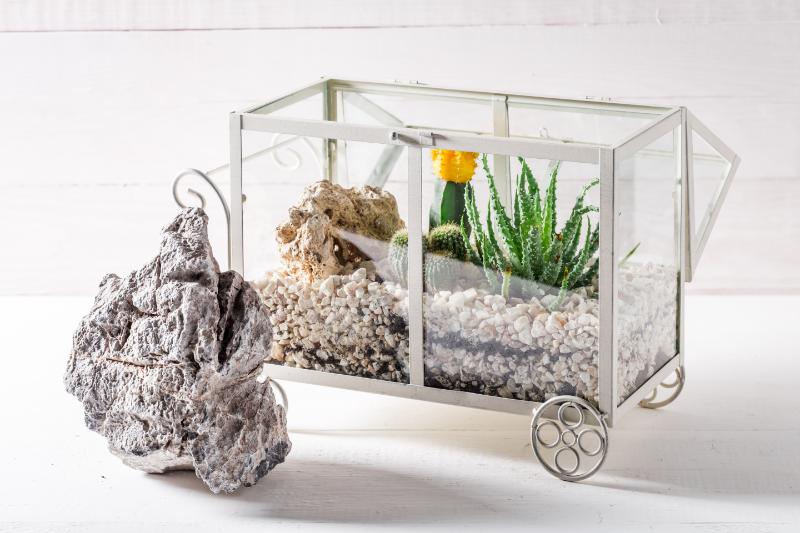
Choosing the right bedding for your reptile’s enclosure is essential for several reasons. Bedding helps regulate humidity levels, provides a comfortable environment for burrowing, and assists in odor control. But remember, not all bedding types suit every reptile species. That’s why it’s important to know the specific needs of your scaly friend.
A Review Of The Best Reptile Bedding Options
Coconut Fiber Bedding
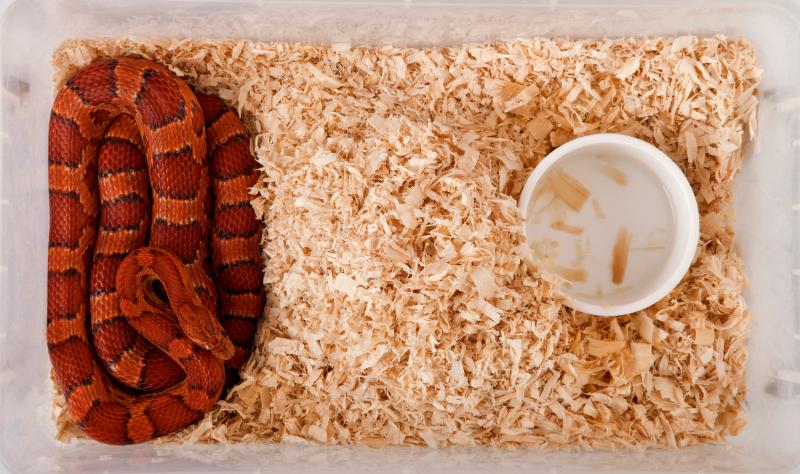
Coconut fiber bedding, often sold in expandable bricks, is renowned for its superior absorbency, excellent odor control, and suitability for high-humidity environments. That being said, avoid types from the gardening industry, as they often contain harmful fertilizers. This type of reptile bedding is particularly loved by burrowing pets.
Wood Bedding
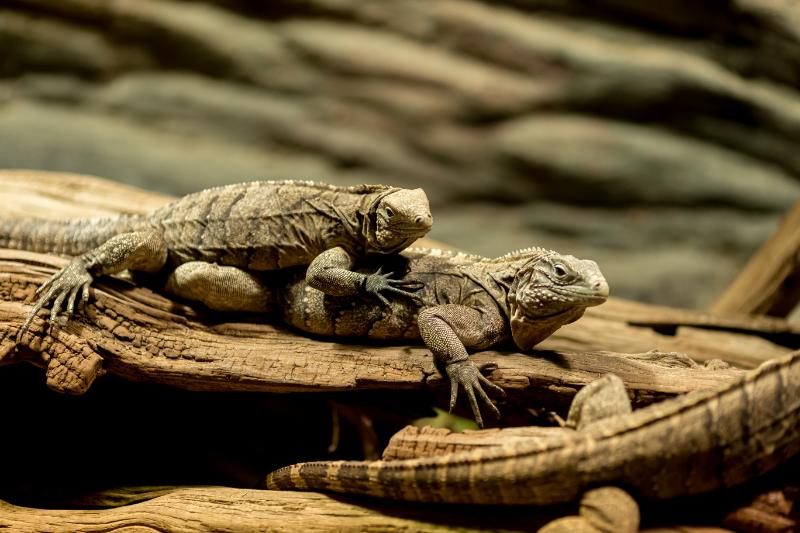
Another option is wood bedding, available in forms like chips, shavings, and pellets, manufactured from cedar, pine, aspen, cypress, or Douglas fir. While this bedding does have its merits, it’s not the top choice for burrowers due to its lackluster odor control and absorbency.
Reptile Carpet Bedding
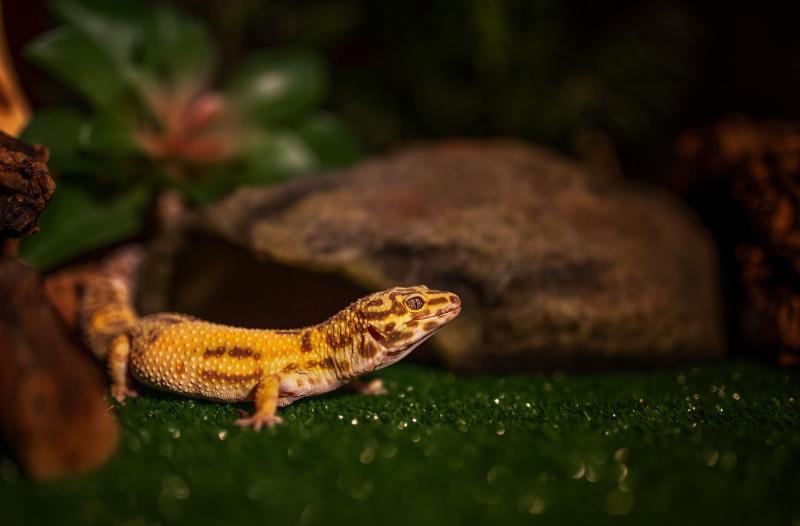
Reptile carpet bedding, available in various textures and colors, offers convenience with its machine washable feature. It’s an excellent choice for non-burrowers looking to maintain a clean and risk-free environment for their beloved reptiles.
Sand Bedding
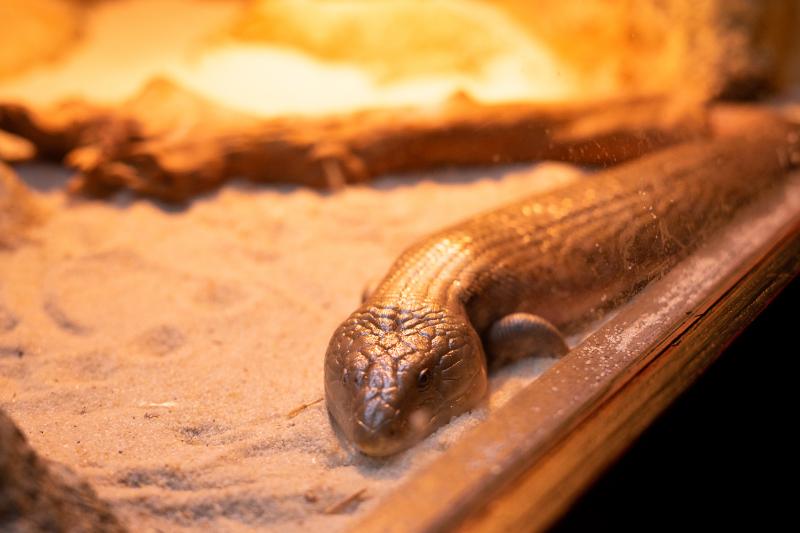
Next we have sand, a natural substrate ideal for desert species. Its key feature is its burrowing-friendly texture. However, its lack of odor control and potential risk for ingestion should be considered before choosing this kind of bedding.
Alfalfa Meal Bedding
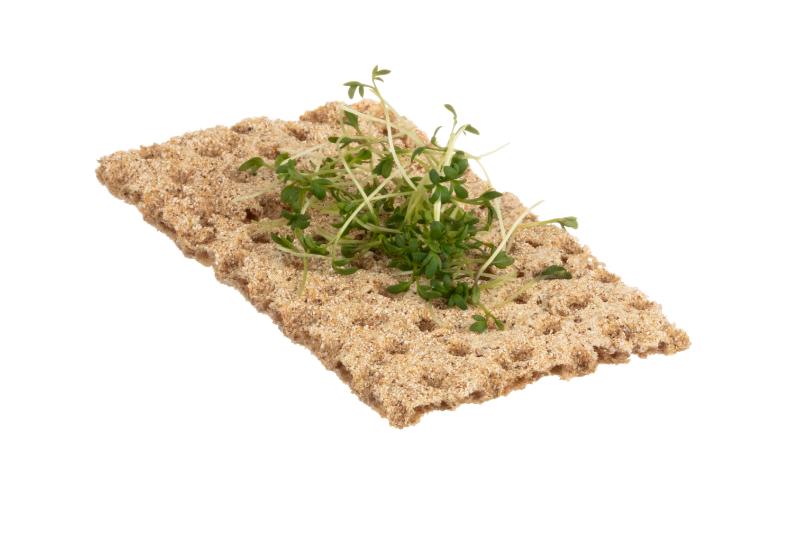
Alfalfa meal bedding, composed of ground-up rabbit food hay pellets, stands out for its absorbency, odor control, and biodegradable properties. Plus, it’s perfectly safe if your pet accidentally eats a few pellets!
Recycled Paper Bedding
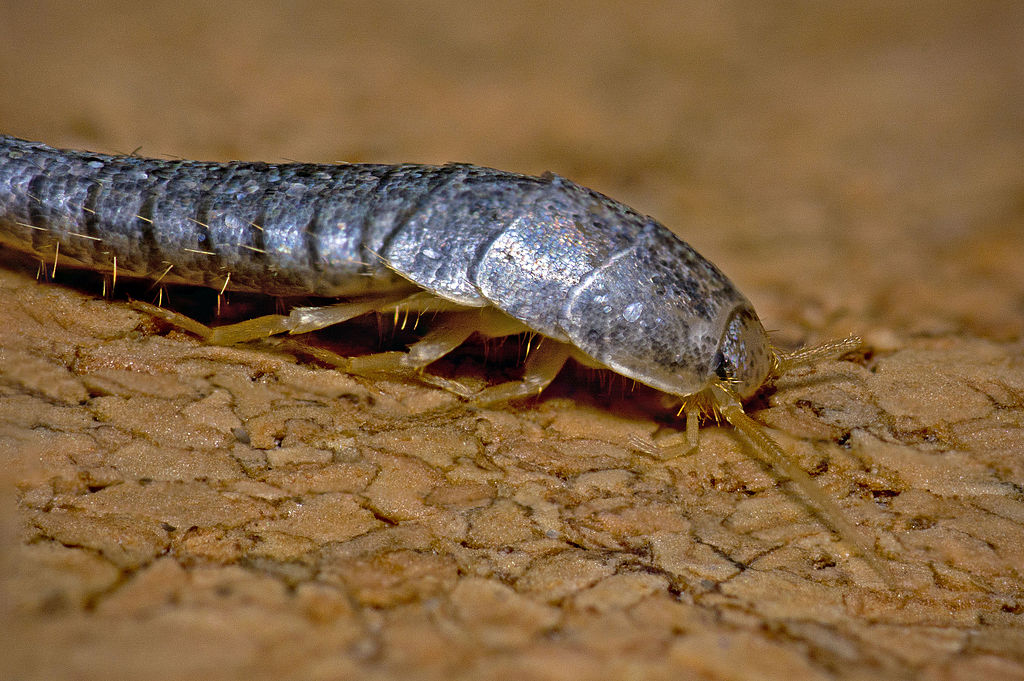
Many reptile owners opt for recycled paper bedding due to its versatility. Offering both great absorbency and burrowing opportunities, it’s a favorite among eco-conscious pet parents.
Moss Bedding
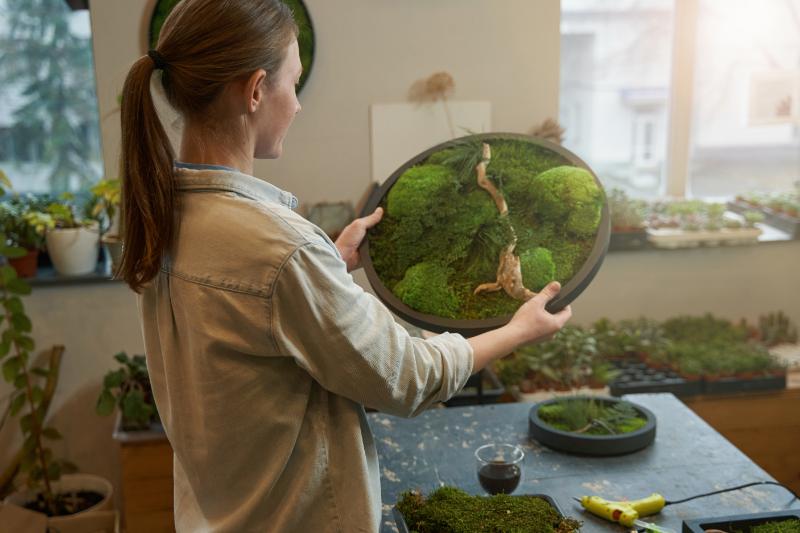
The different kinds of moss used as reptile bedding are a natural choice for those looking to replicate their pets’ natural habitats. Most suitable for burrowing pets in need of high humidity habitats.
Vermiculite Bedding

Vermiculite, a mineral that expands when water is added, is a great bedding option for high-humidity burrowers similar to moss.
Walnut Shells Bedding
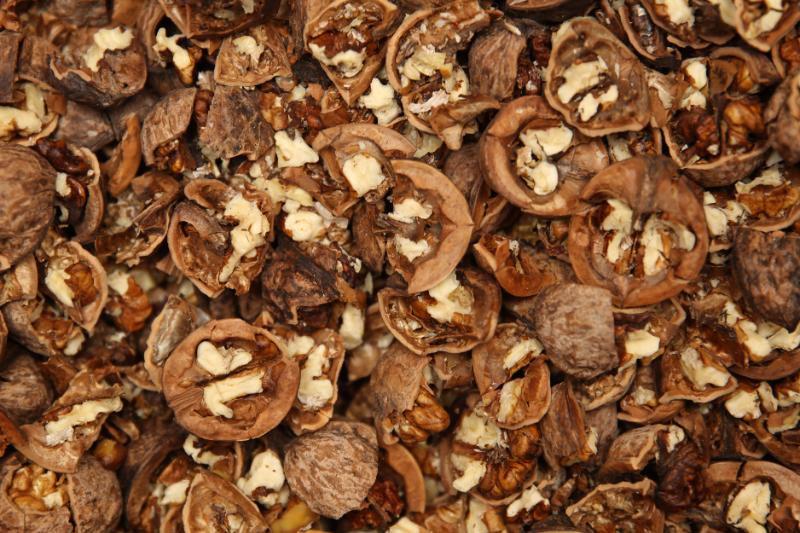
Bedding made from finely ground walnut shells is another viable choice. Easy to clean up, it resembles cat litter. Despite this, it fails to control odors and may cause health concerns if ingested.
Newspaper and Paper Towels Bedding
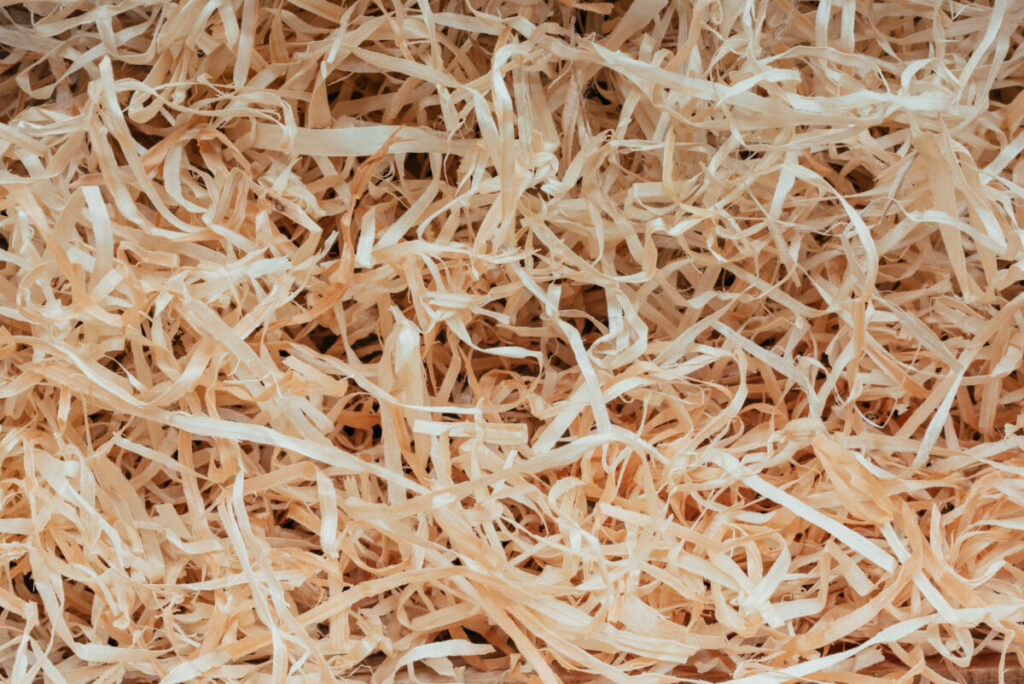
Finally, newspapers and paper towels present an inexpensive and convenient alternative to other beddings. Though not a typical option, they offer good absorbency. Still, they miss out on odor control and providing a natural environment for your pet.
Remember, the best reptile bedding for your pet depends on their specific species and their individual needs. Always research in-depth before making a final decision. After all, you want to create the best possible environment for your beloved pet!